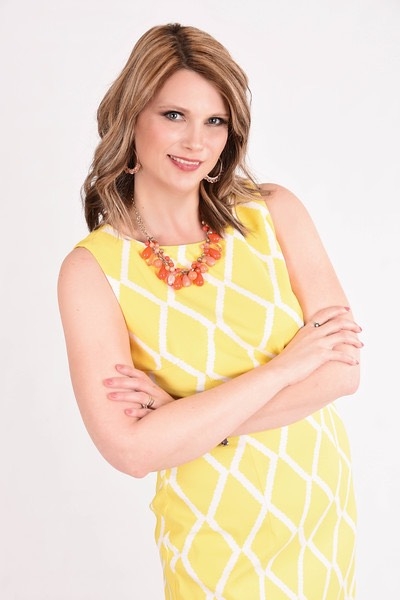Continued...
Being Your Child’s Safe Place
Dr. Deborah MacNamara, Director of Kids’ Best Bet and author of Rest, Play, Grow, says, “The greatest gift we have to offer our child is an invitation to rest in our care. This isn’t the type of rest that comes from sleeping, but from an enduring invitation for contact and closeness, a sense of significance and mattering as well as a sense of belonging and being known by the people a child is most attached to. To be a safe space for them.”
Providing lots of hugs is a great way to build that foundation of attachment and connection so that your child can experience emotional rest. Remember, hugging releases oxytocin which facilitates bonding. Here are a few more ways to build that bond and assure you are your child’s safe place.
- Validate their emotions. Many parents and caregivers are uncomfortable with big emotions, particularly anger and sadness. We want our children to be happy, of course, but anger, sadness, disappointment, frustration, and the whole range of human emotions are just part of this experience on earth. We can build resilience and emotional intelligence by allowing our children to feel all of their emotions, not requiring that they stuff them down for our own comfort, and discussing with them how to recognize, name, and move through big feelings.
- Respond with empathy. When our children open up and tell us things, particularly if they divulge trouble they’re in or something they did wrong, it can be difficult not to jump to judgment and lecturing, but this shuts down communication and makes children feel unsafe. Even when children make poor choices, if we can respond calmly and with empathy, we keep communication open and strengthen our relationship, securing our spot as their safe place.
- Use positive discipline. Some common discipline methods cause separation between parent and child, and they require that the child “work” to get back into our good graces. For example, “Go to your room and don’t come out until you can behave,” tells the child that we do not want to be with them unless they can “be good.” Yet, from a developmental standpoint, children aren’t always capable of controlling their emotions, impulses, and behaviors, and when they are having a hard time doing so, this is the time when they need us by their side the most. Swap separation-based discipline such as time-outs for time-ins. Here’s how.
Remember, messy rooms will one day be empty. A bad report card won’t matter in 5 years. Tantrums end. Your relationship with your child is what will last a lifetime. Build it strong and nurture it daily.

Rebecca Eanes is the bestselling author of multiple books including Positive Parenting: An Essential Guide, The Positive Parenting Workbook, and The Gift of a Happy Mother. She is the grateful mom of two boys.
